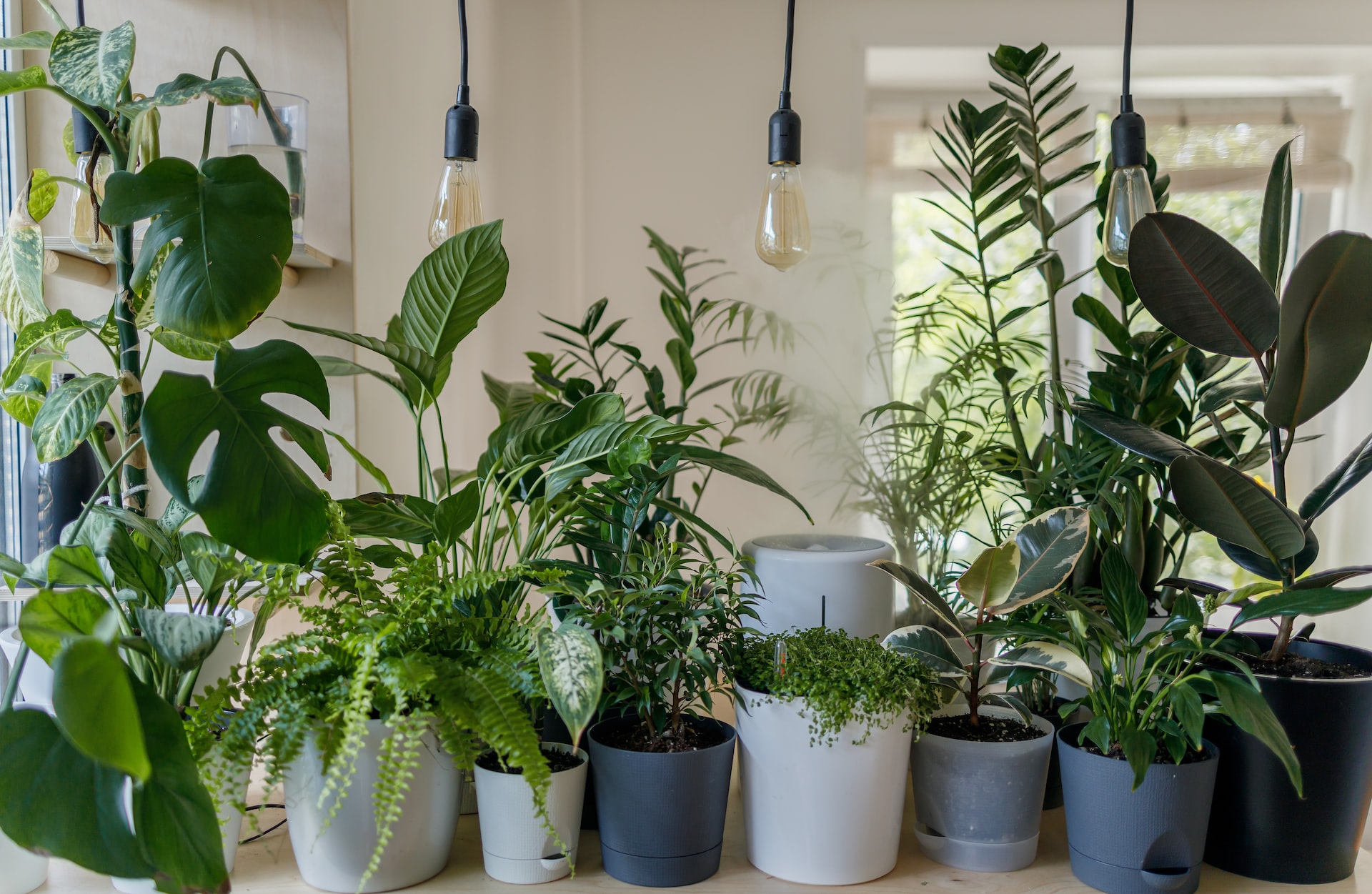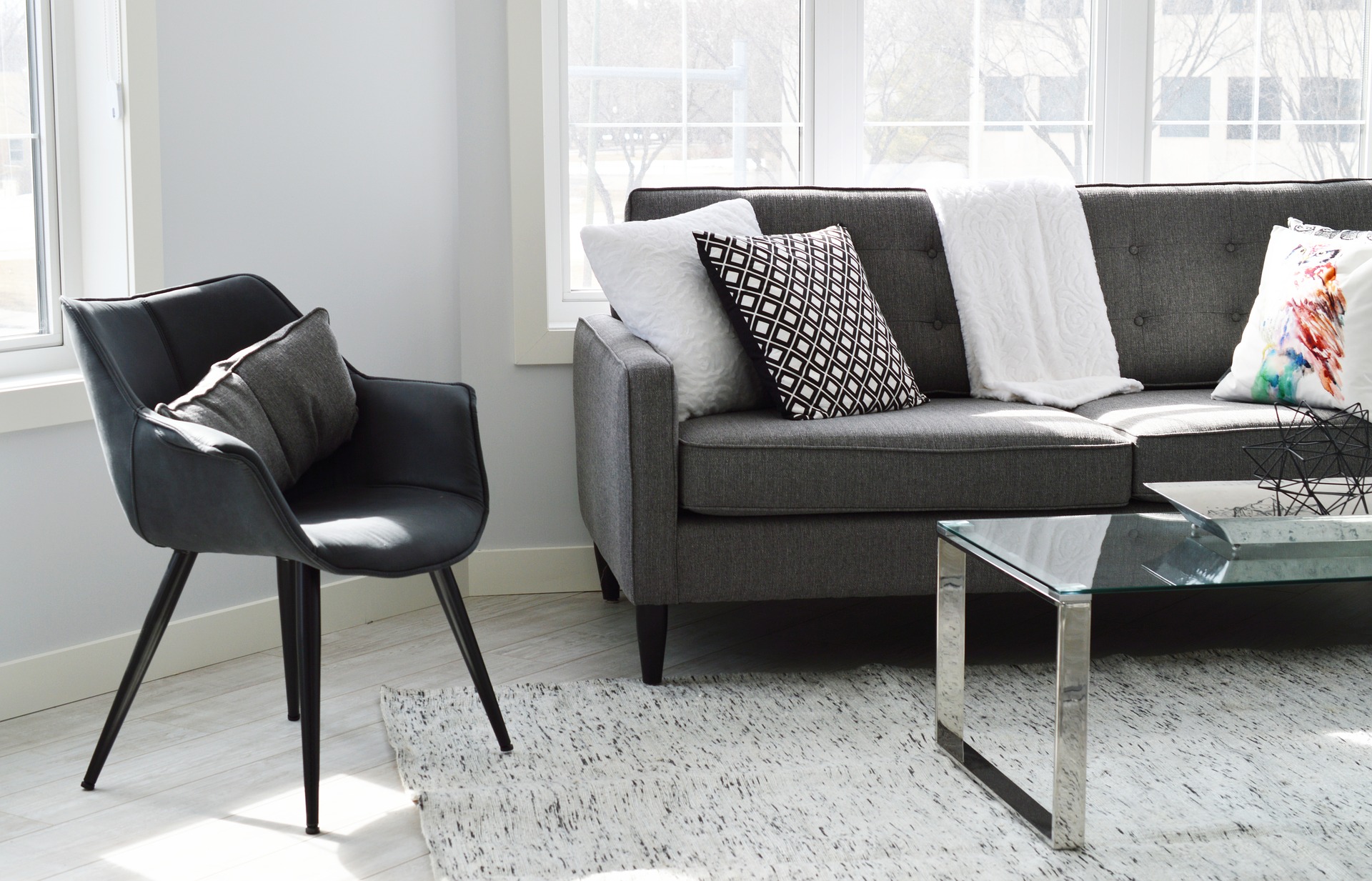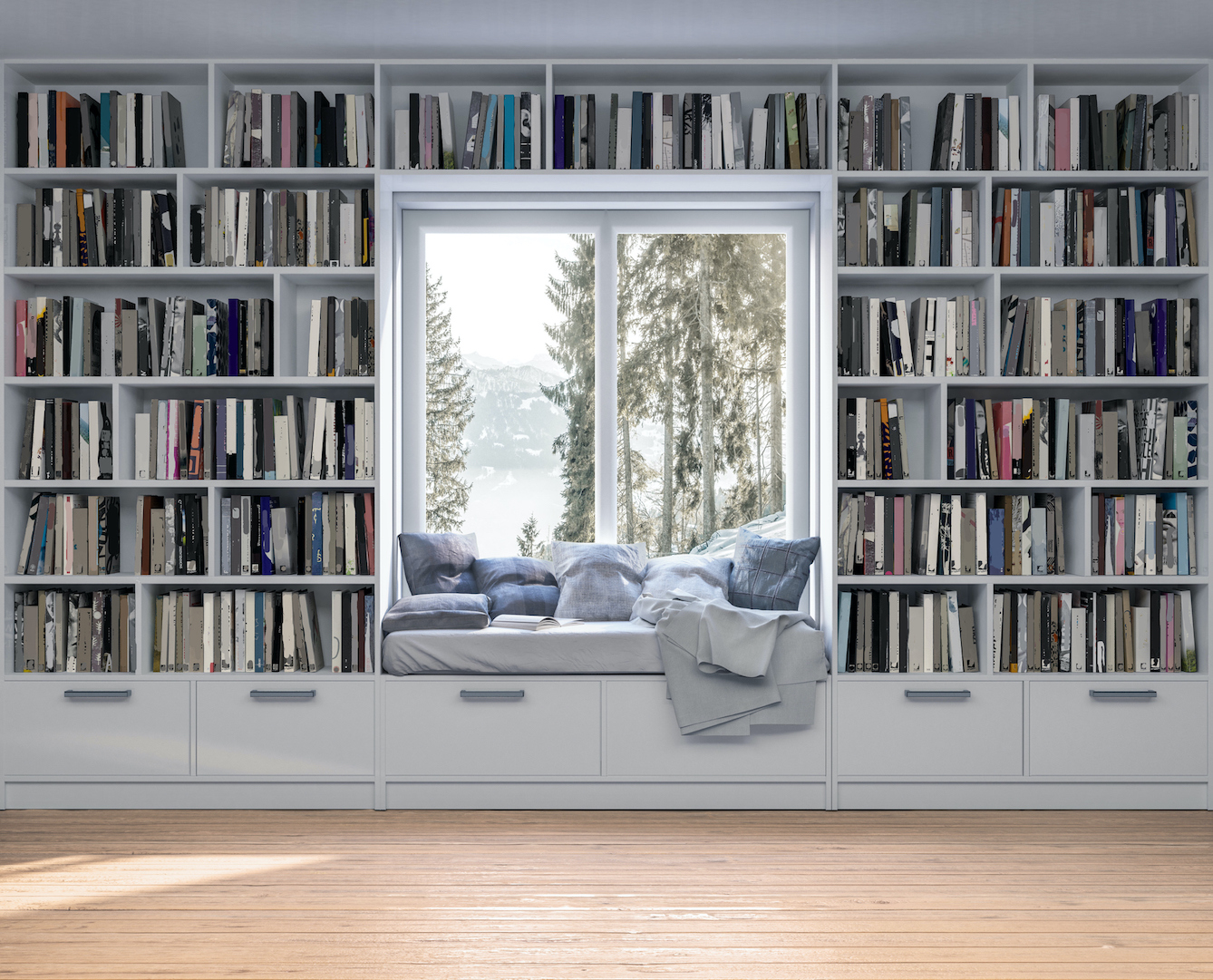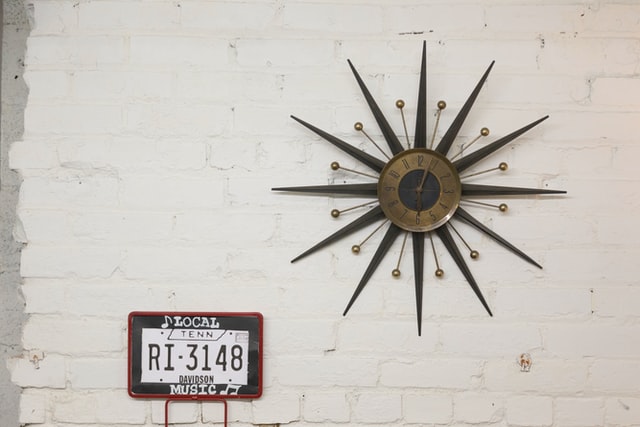Since we’re spending more time at home, now is the perfect opportunity to gain control of your closet. No more clothes shoved in, no more unsuccessful searches for that tie or belt. An organized closet is a thing of beauty and functionality, and it’s within your reach.
It doesn’t matter if your renovation project is for a small apartment closet or a spacious walk-in closet – it’s yours, and it can become a joy-inspiring space instead of a source of can’t-find-it stress.
Designing an organized closet involves discovering what your needs are and then fitting a combination of hanging rods, dresser drawers, shelving units, and other components into the space you have available, like a puzzle, in an appealing and useful configuration. Not all floors or walls are created equal, so there will be lots of measuring and customizing to your space. Through the frustrations and triumphs, you’ll have created a customized storage space just for you, a closet that will serve you well. We have some great tips to make this project successful.
How to Get Started
One of the first things you need to consider is existing space. Is the closet already there? Are you planning on making it bigger? Are the kids gone, and you’re thinking about turning that small bedroom into the walk-in closet you’ve always longed for? Look at the big picture first and then jot down a quick sketch of what you’re envisioning. This fast drawing is a starting point as you begin assessing your needs, wants, and budget. It won’t be your final draft, and the design will evolve as you consider all the factors.
Designing your own closet organization system is the perfect opportunity to end up with exactly what you want, as long as you’re flexible when it comes to cost and other factors. If you share the closet with someone else, seek your partner’s input as well. With some persistence and a good game plan, you can design the perfect closet. Grab your measuring tape, pencil, and paper or computer design program, and let’s get the ball rolling.
Assess your Needs
Take stock of your needs, your skills, and your budget. Is this project something you can tackle yourself, or something best left to a professional? Browse design publications, home improvement websites, and Youtube videos for inspiration and advice. No closet organization design is the same. Visit your local home improvement store or a business that specializes in space organization. This will give you good ideas for potential configurations and trends.
Take Stock of your Clothes Inventory
Take a good look at your wardrobe. Does your current space give you the room you need, or do you need to enlarge the actual space? Are all of your clothes essential, or do you have ensembles that you haven’t worn in ages that are only taking up valuable “closet real estate?” Do you have any timeless designer pieces that are worth hanging on to? Count your shoes – how many do you have, and how will they fit into your dream closet? Don’t forget accessories, like belts, ties, scarves, hats, and jewelry.
Measure, Measure, Measure
Before you start designing, building, or ordering pre-built components for your organized closet, measure it all. Measure your emptied closet space, including the height from the floor to ceiling, and the width of each wall, taking into account molding at the bottom of walls or crown molding at the top. Make note of any features that would affect placement of shelves or drawers, such as electrical outlets, light switches, ducts, doors, windows, or vents. As you start designing on paper, include the precise dimensions. Drawing on graph paper is very helpful for this.
What are the measurements of your overall floor plan? Don’t forget to take into consideration any space taken up by closet doors. Measure the closet dimensions at both the front and back, top and bottom because walls, ceilings, and floors are seldom exactly level and plumb. This will affect how well your configuration fits into the space.
Zone Out
Think of your closet as having “zones” – rods to hang clothes, shelves, drawers, shoe racks, whatever your needs are in that space. It may help to use a roll of blue painter’s tape to mark the outline of those zones: a drawer system here, shelves there, a ceiling-to-floor shoe rack against that wall. The painter’s tape releases from walls and flooring easily so you can tape, remove, and re-tape as your design changes.
Will your future closet space hold lots of items that go into drawers, like socks, underwear, shorts, or lingerie? Or, do you have more hanging clothes, like shirts, skirts, suits, and slacks? Are you a “fold shirts and stack” kind of person or a “hang it all up” person? Your preferences dictate what your closet configuration will look like.
Get Hung Up on your Hang-up Storage
One important decision you’ll make is how far up from the floor you’ll place hanging rods for clothes. Do you want storage on the floor underneath? How high is comfortable for you to reach while hanging clothes without grabbing a stool to stand on? When measuring to hang rods, add at least a few inches at the top for getting the hangers on and off the rod. Go through your wardrobe and tally up how many clothes already hang low, like dresses, suits, or winter coats. You’ll need to make room for these low-hanging ensembles. Also consider whether you prefer to hang slacks full-length, requiring a higher rod, or draped over a hanger, which can hang on a lower rod.
Open Shelving or Drawers?
Do you like open shelving, drawers, or both? Some people prefer drawers for a neat, streamlined look. Awkward stacks of sweaters or workout t-shirts can be tucked away into drawers. Or, you may prefer shelves to display shoes or handbags. Shelves also offer quick access for those late-for-work, dress-in-a-hurry mornings. This is your closet, so it’s your choice within your budget. Keep in mind that drawers are typically more expensive than shelves.
Do you want hanging storage for accessories like belts or ties, or do you roll or fold for storage in a pull-out drawer? You’ll want to keep paper nearby to jot down notes as you delve into your specific organizational needs.
Jewelry Drawers?
When designing your custom closet, consider where you’ll store your jewelry. Do you enjoy displaying your necklaces or rings, or prefer to keep them safely tucked away? You could even include space for a safe for expensive pieces or other valuables. You may already have a cherished jewelry armoire or hanging organizer that you can configure into your new closet decor, or you may opt for new jewelry drawers with custom dividers. Make this closet your own.
Illuminate Your Space
When dreaming up the perfect closet space, don’t forget about lighting. No one wants to fumble for clothes and accessories in the dark. If this is a walk-in closet or more than a small space, consider having lighting installed. This might require hiring an electrician, so include that in your budget. Browse online for on-trend lighting options. If it’s a small space, you may be able to install battery-operated lighting.
Some Important Things to Consider
Before you start shopping, ordering, or building, know how the sections fit together. Can you anchor the cabinets or rods into wall studs? How will you attach the shelves to the drawer units?
Are you building some or all of the components yourself, or buying sections from a home improvement store or specialty store? You may find that a complete, pre-assembled system works better for your unique space and costs less than buying the materials and crafting yourself. You can also order specific components and assemble and install them yourself. Keep your budget in mind as you consider all the different types – and prices – of closet systems.
Design Trends
Peruse websites and stores to see the new trends and configurations in custom closets. There may be on-trend features, like rollout shelves or lighted closet rods, that you’ll want to incorporate into your own space.
Once you’ve settled on the components, it’s time to consider the material. Do you prefer an ultra-modern look, a traditional look, or something in between? Love the sleek look of metal? Clean, white lines? Will you choose the look of wood, such as oak, pine, or cherry, to match your existing bathroom or bedroom decor? Does your dream closet include a mirror or perhaps a chair for dressing convenience? Special touches will add to the unique charm of your haven of organization.
It’s time to start drawing designs. Do you prefer your drawers on the right side, center, or left side? You’ll want a design that satisfies all your personal closet needs, and one you’ll be happy with. Armed with exact measurements, shop around to find what meets your designed needs. If you’re on a budget, check Facebook Marketplace, Craigslist, second-hand stores, and other sources for used components that you can incorporate and then paint to match the other sections for a unified look.
Declutter and Donate
Once you finish installing your custom-designed system, it’s time to move your belongings back. Then, step back and admire your new space. It was worth the time and effort, wasn’t it? When you’re repopulating your closet, take advantage of the opportunity to declutter. Go through your wardrobe, including shoes, ties, suits, and handbags, and consider how often you’ve used those articles. Are there items you haven’t worn in several years or can no longer fit in? Give them new life elsewhere by donating gently used items to a thrift store or a homeless shelter.
A Place for Everything, and Everything in its Place
Now that you have the closet of your dreams, keep it that way. Make sure you keep it clean and organized. Once a day, go through the closet and pick up any stray clothes, wandering shoes, or wayward accessories. Retaining everything in its place can become a healthy habit and makes finding just what you need so much easier. Dust the surfaces and banish cobwebs and dust bunnies. Taking care of your organization components will ensure years of dependable, beautiful function.




